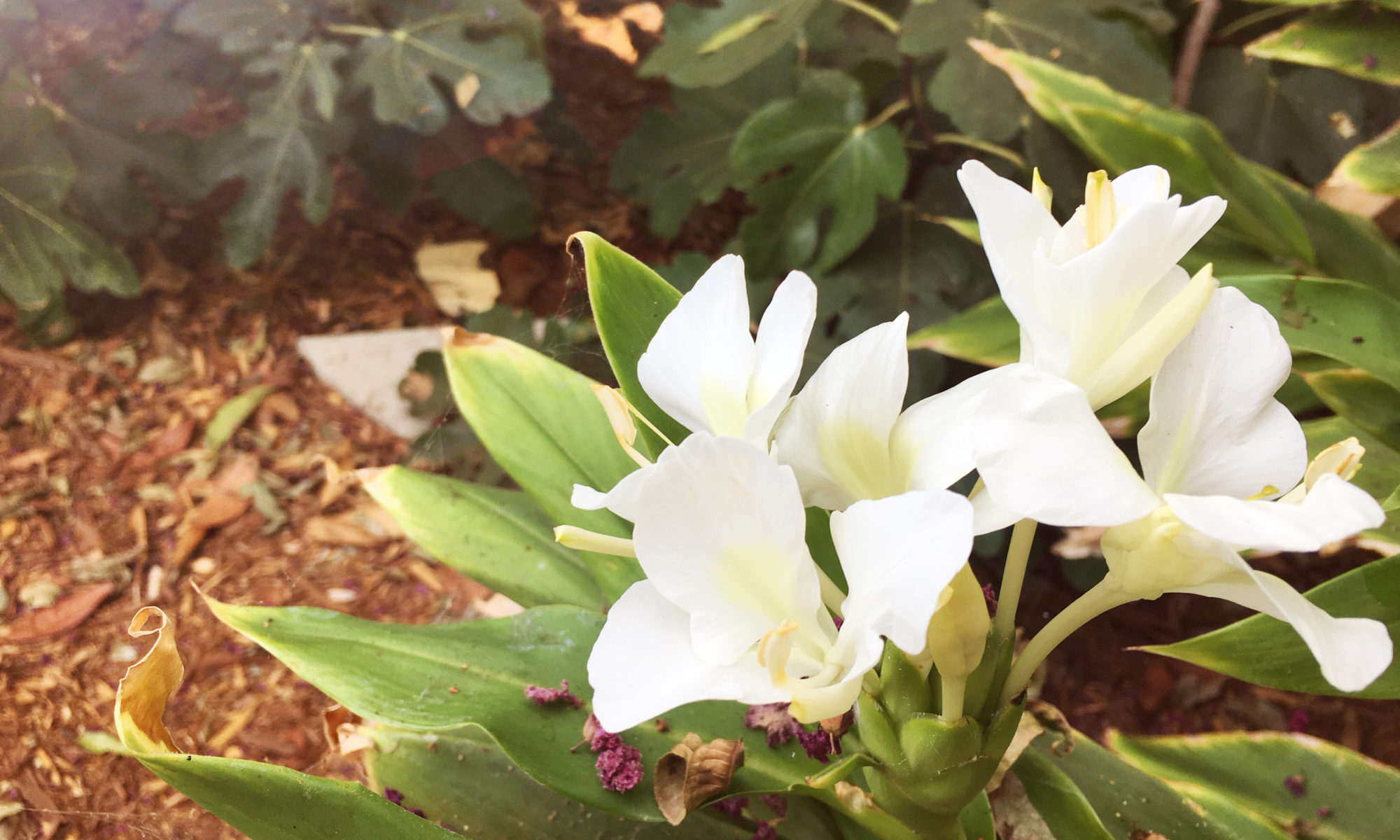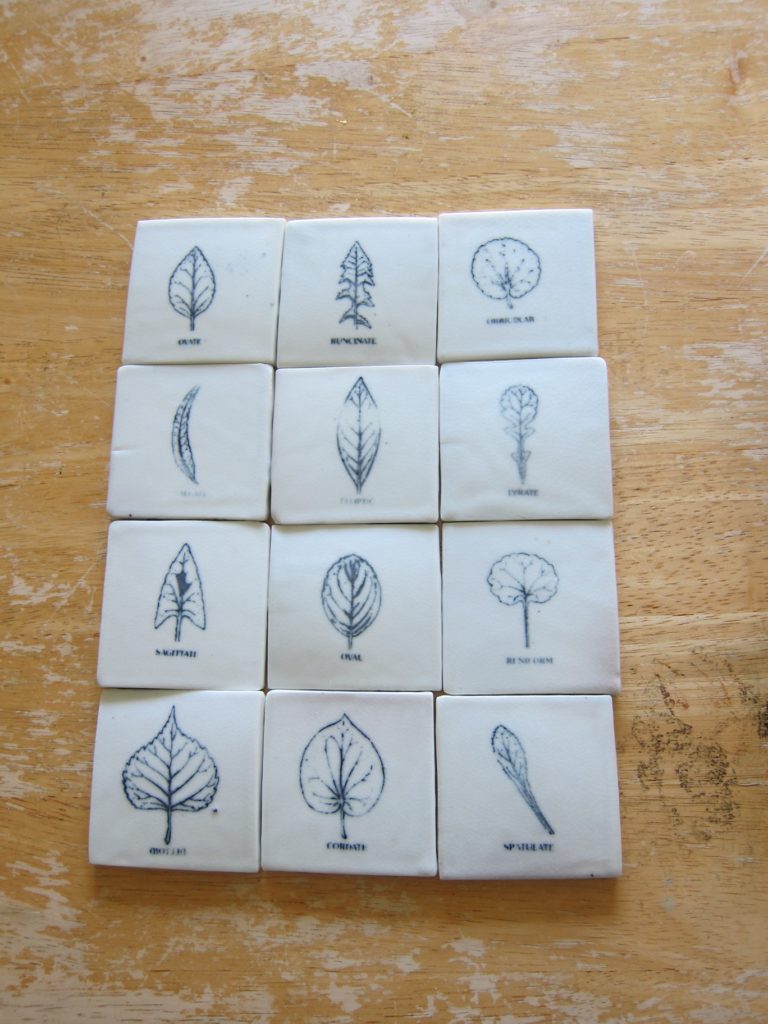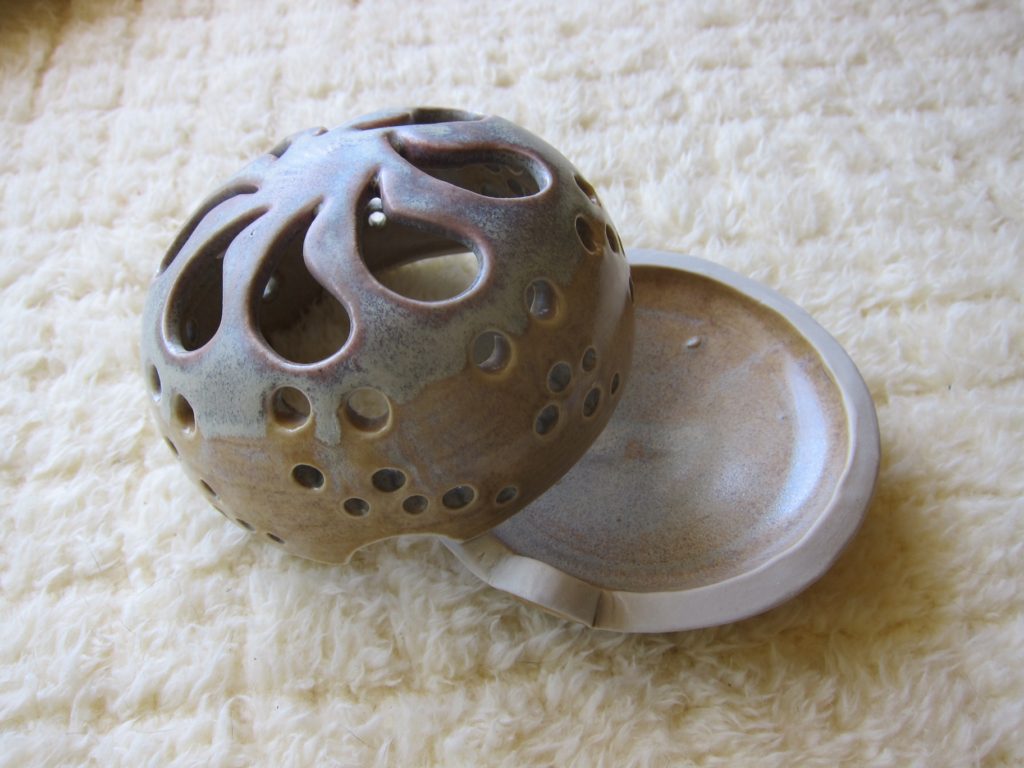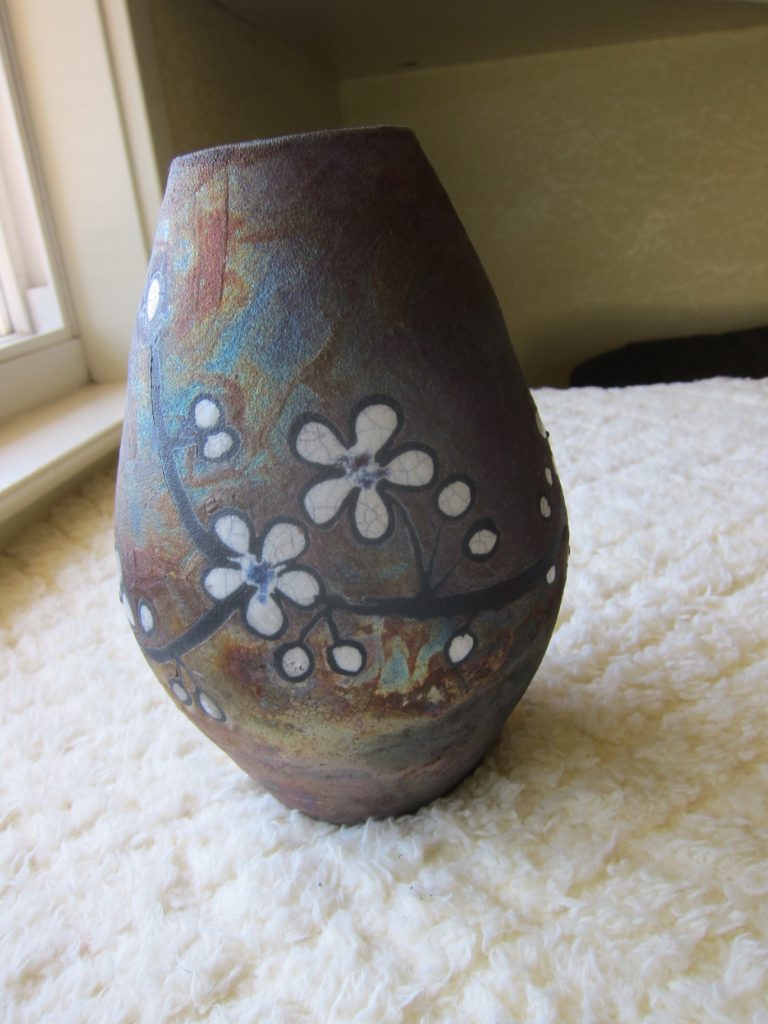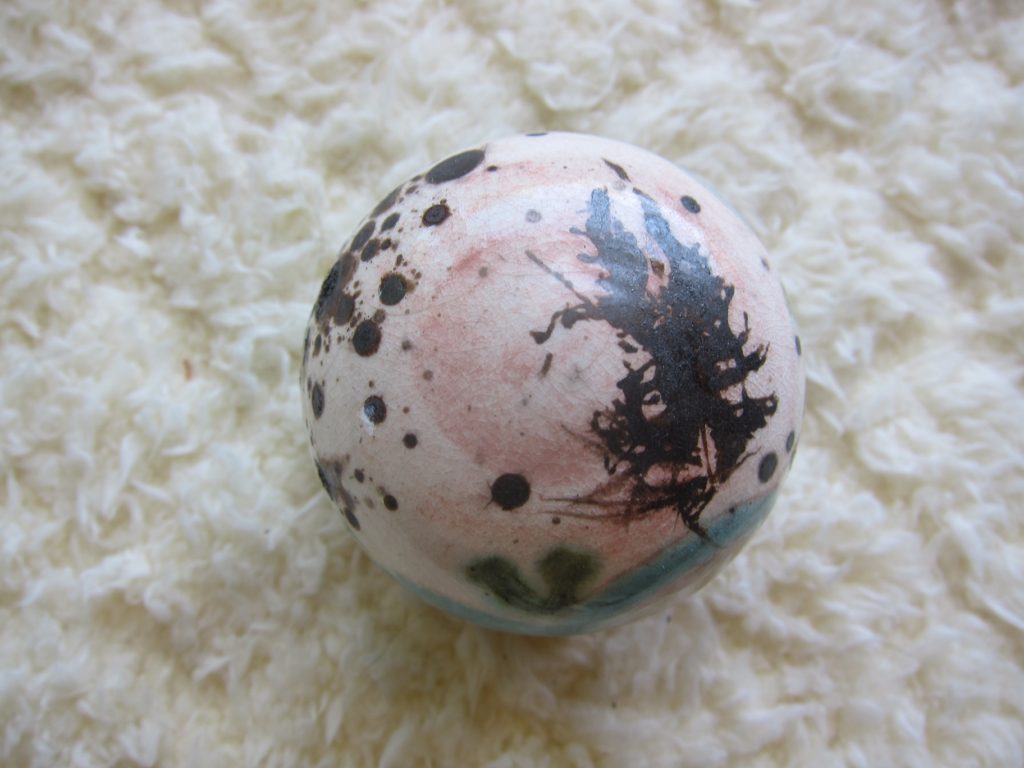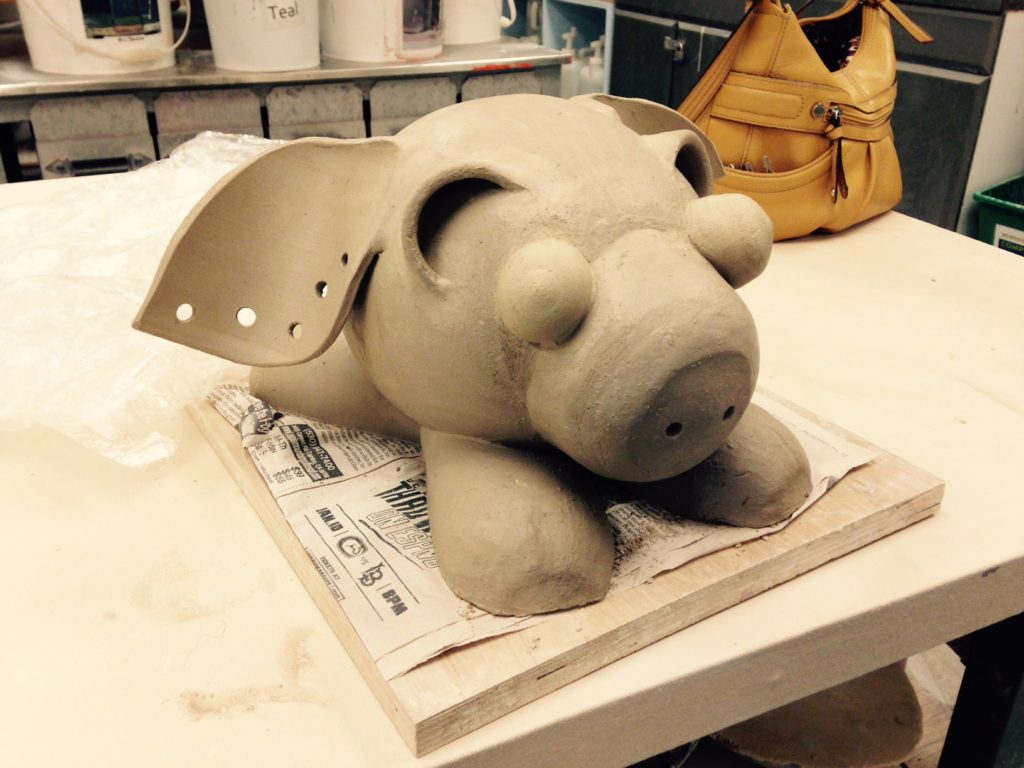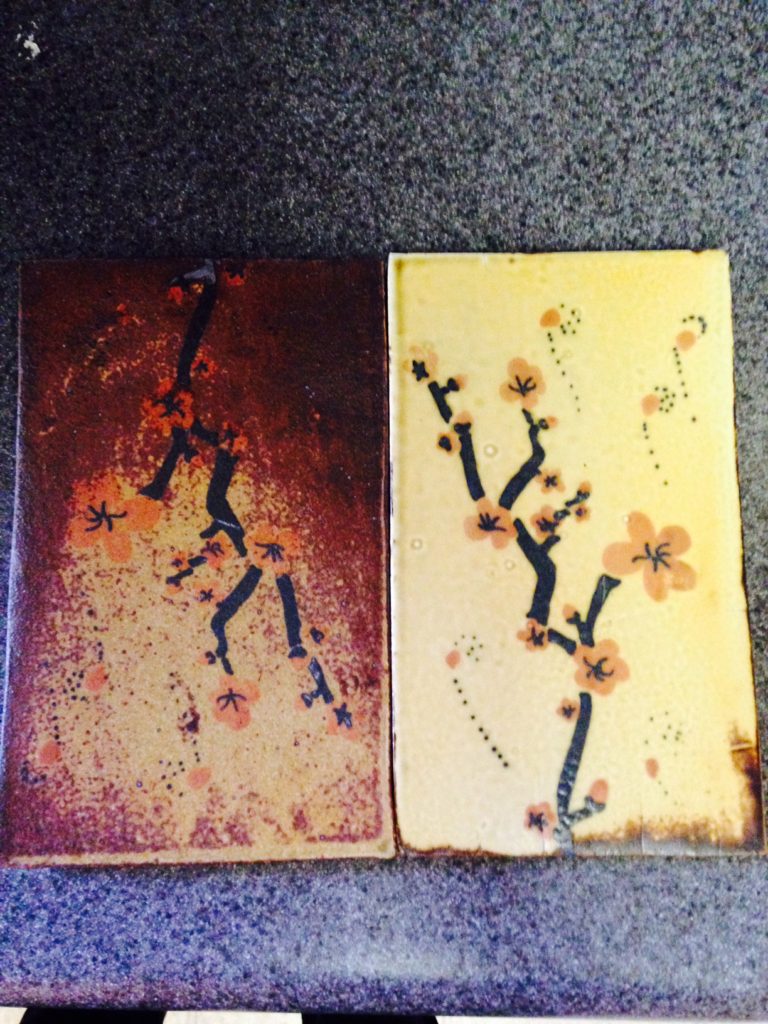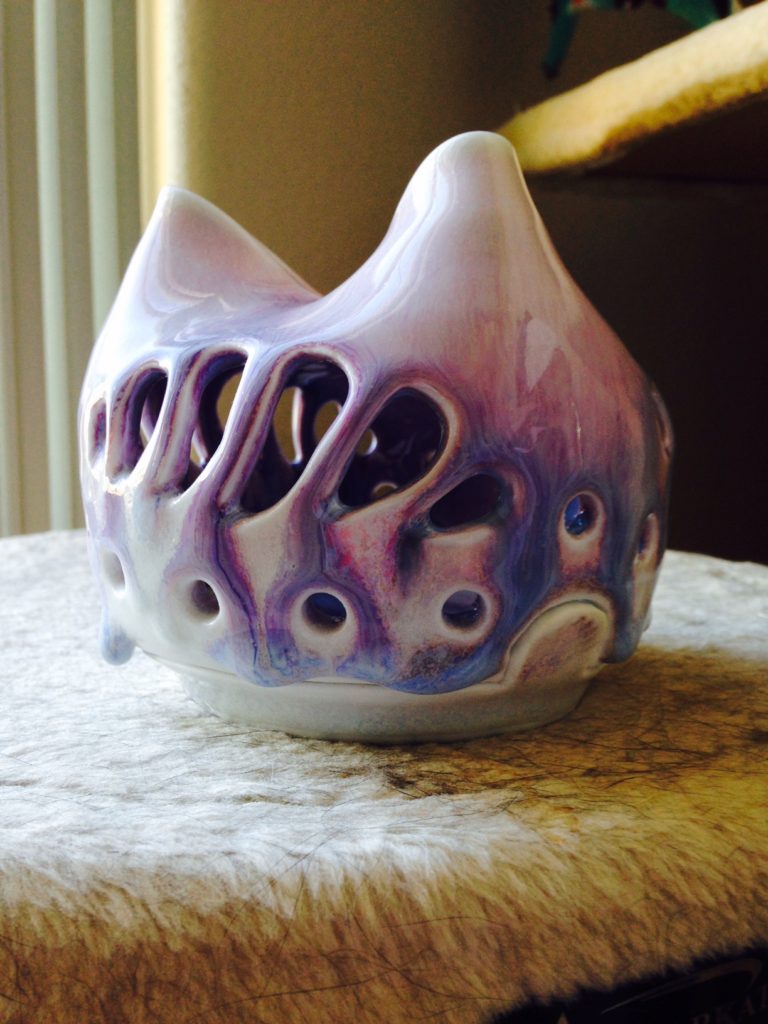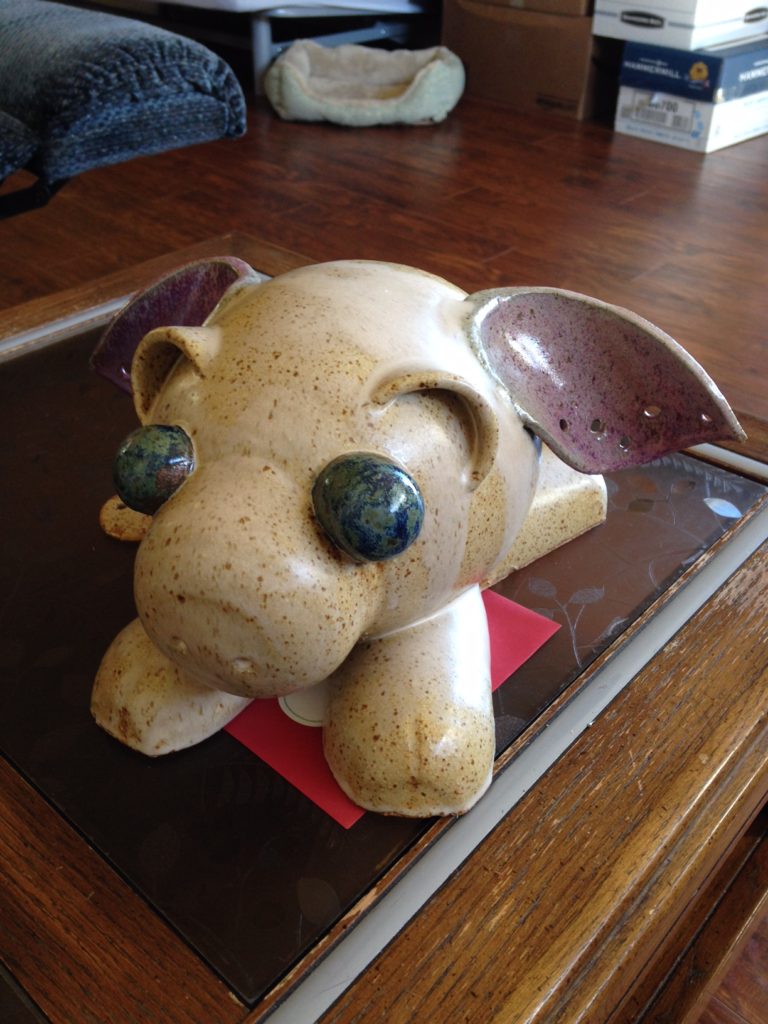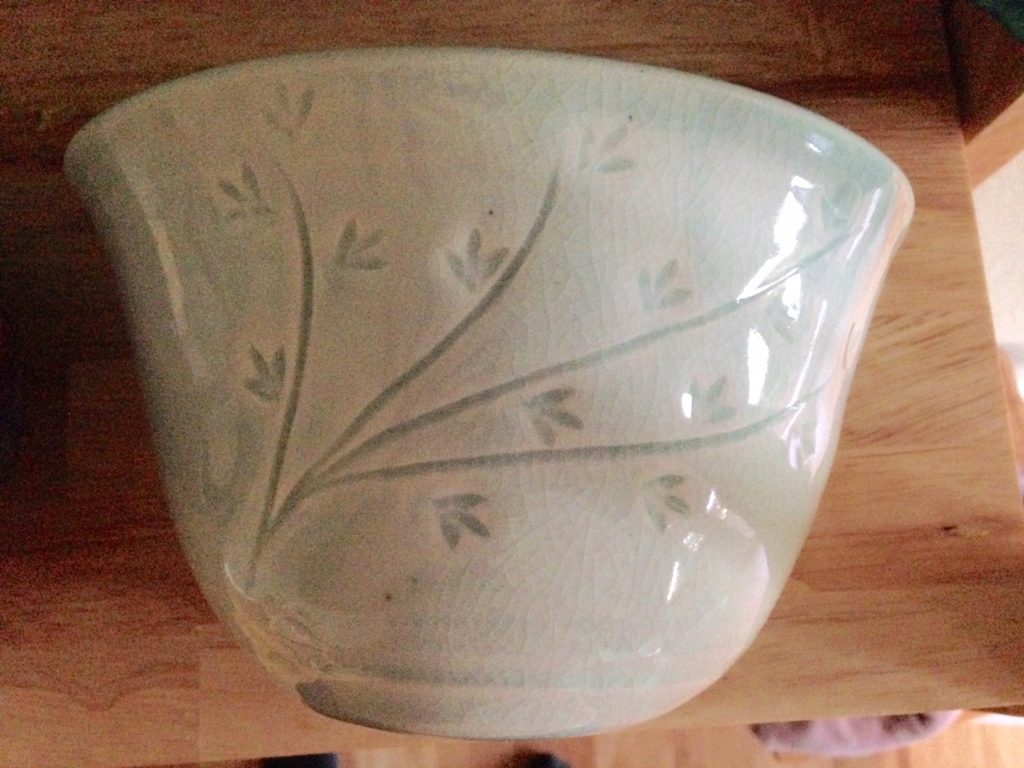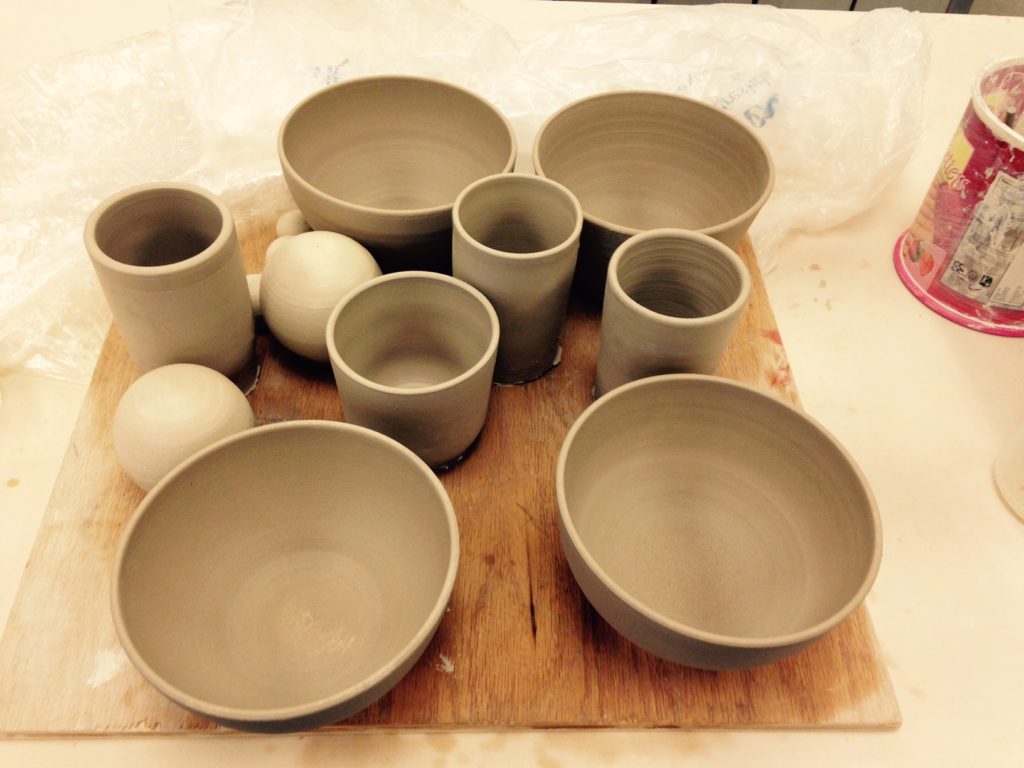Growing up I had lots of fun doing all sorts of different stuff; helping my Dad make stuff, helping my Mom take care of animals, going on adventures with my sister…
As much fun as I had, most of the stuff we did were necessary or needful. The concept of doing something simply for fun was not at the forefront. I became used to the idea that everything I did had a purpose.
Then I went to graduate school where I continued my single-minded habits in pursuit of my research, which involved trying to learn new things about how individual proteins move across biological membranes via lots and lots of test tubes and reactions that took place in volumes between 10 to 60 microliters. A teaspoon has about 4.9 milliliters; 4.9 microliters is 1/1000 of a teaspoon. Long story short, molecular biology research requires immense attention to detail- all the time.
In the beginning, when experiments did not yield useful data or work out well, I believed that if I worked more; more time, more carefulness, more literature review, explore a larger range of so-and-so, that everything would work out right. But that isn’t always so. Sometimes experiments don’t work despite exhausting all the available resources, and the best thing to do is to direct one’s energy and resources to more promising projects (because of course you’re working on more than one project!). So that can wear on a person after several years. Before reaching the point of burnout, I had a very wise friend talk me into doing things for fun; in this instance, it was taking an introductory wheel-throwing class at the university craft center.
It was a wonderfully liberating experience. I did not have any special talent for wheel-throwing, but I was detail-oriented, I paid close attention, and I kept doing it because it was so darn fun and satisfying to get a tangible result in a week or two. When things didn’t work in the ceramic lab, I reminded myself that it was no big deal, it’s all just a lot of mud in the end. It gave me perspective. One of the first things I loved about wheelthrowing was the process of centering. It felt very much like I was finding my own center when I was centering my clay. It reminded me to breathe, to calm my mind, and be patient with myself. Sure, my first couple of pieces were wonky and wobbly and cracked- I still proudly gave the prettiest of the bunch to my parents. I was hooked.
Over the years I spent many a happy afternoon or evening playing in the ceramic lab. I worked on many pieces alongside my friend who introduced me to wheelthrowing- and she continued to teach me stuff about ceramics and life. In the ceramic lab I made new friends, discovered people I knew who also did ceramics, and I also convinced a few friends of my own to join. There was no goal to accomplish here other than having fun. Everyone has a different aesthetics; one glaze might be beautiful to one person and hideous to another. If someone liked your piece they would say so, if someone didn’t like your piece, it was still ‘interesting’- because there was always something to learn in every piece you see. And when things fell apart spectacularly, you can still claim the result was absolutely… without a doubt… handmade.
